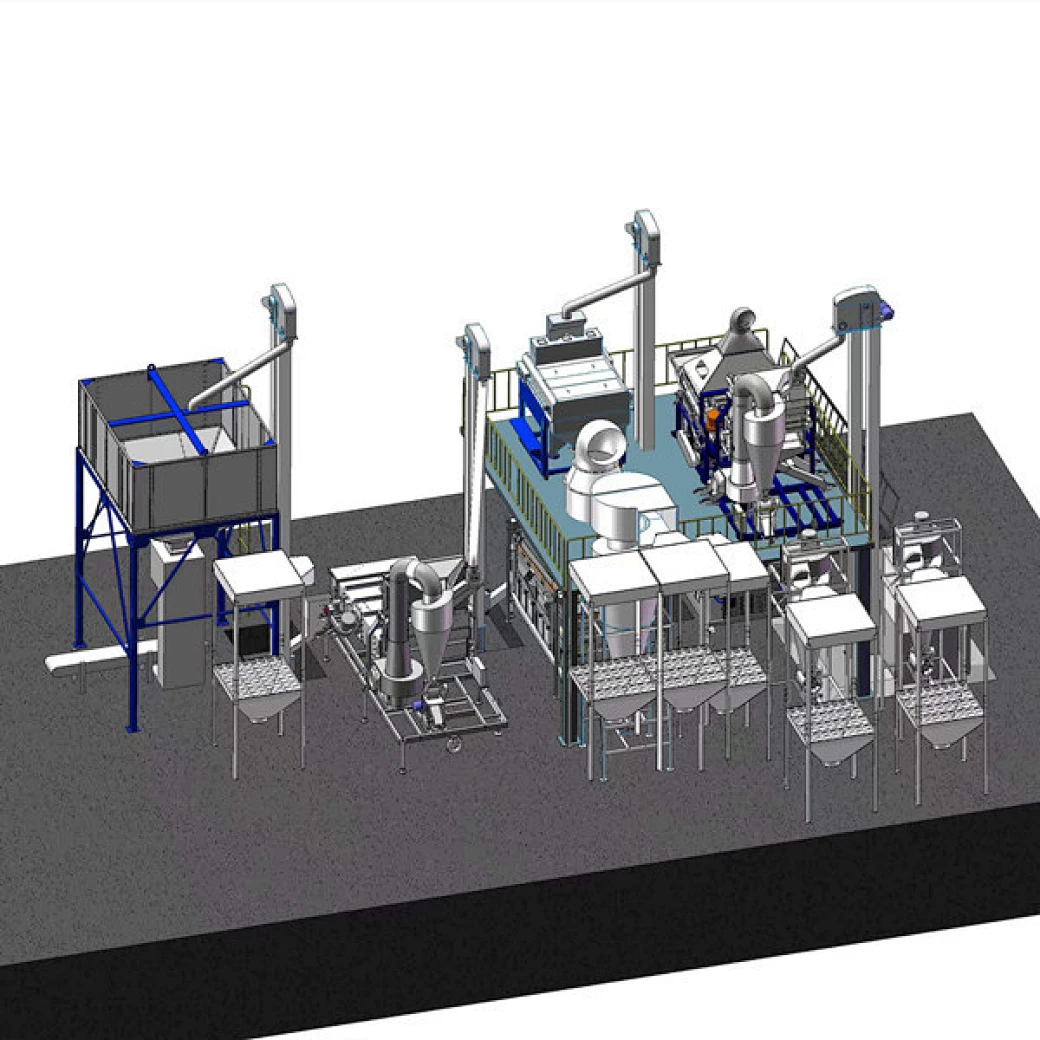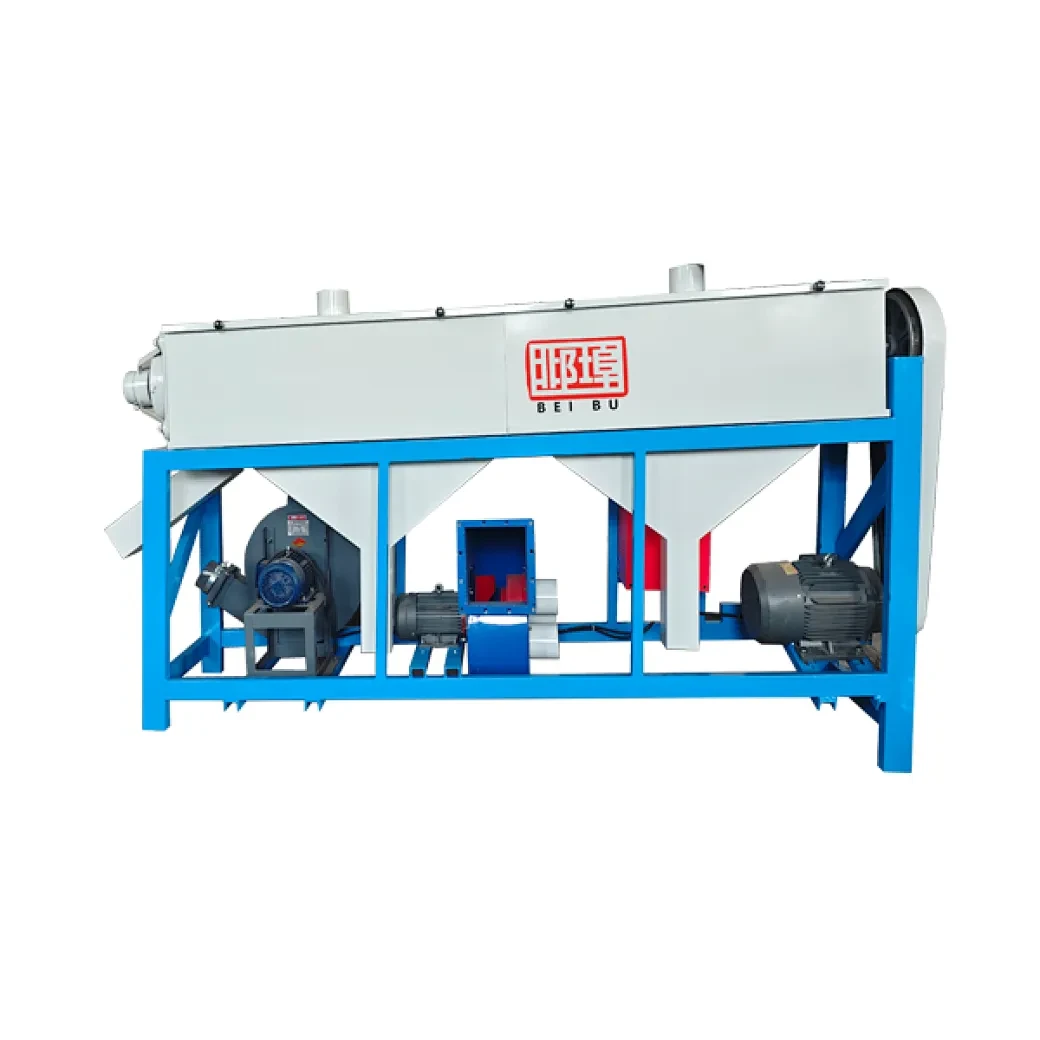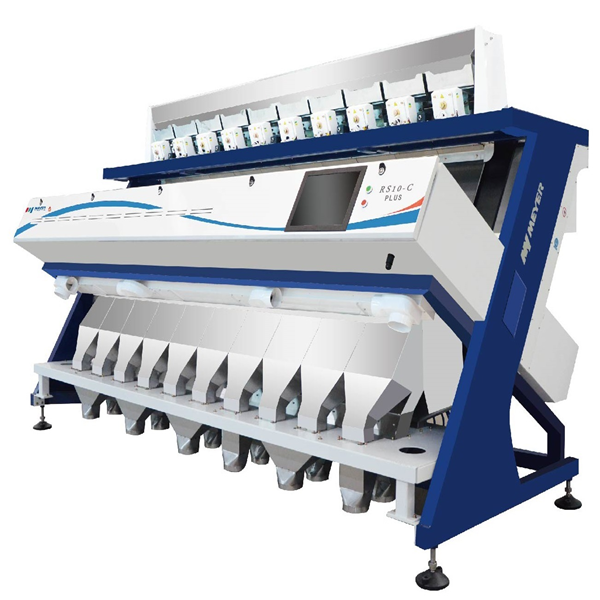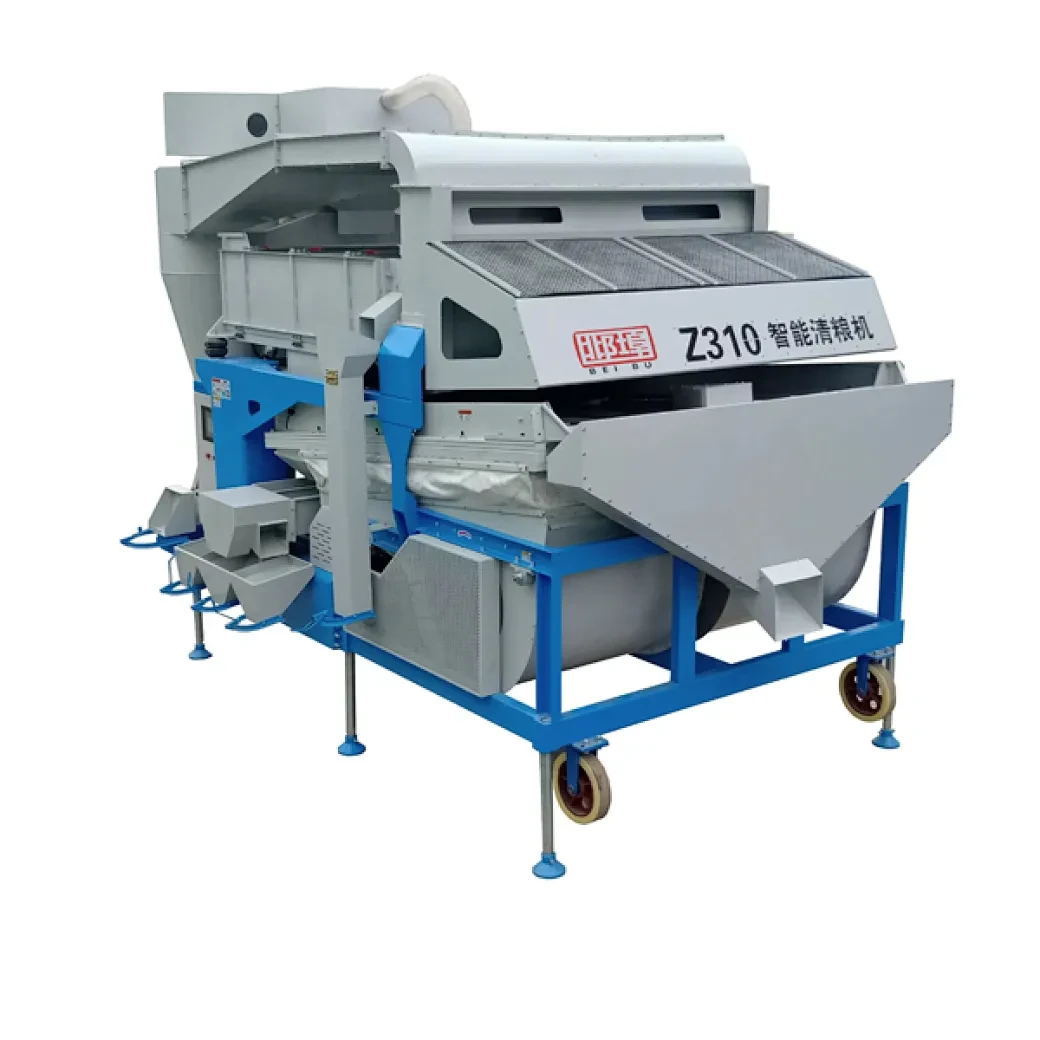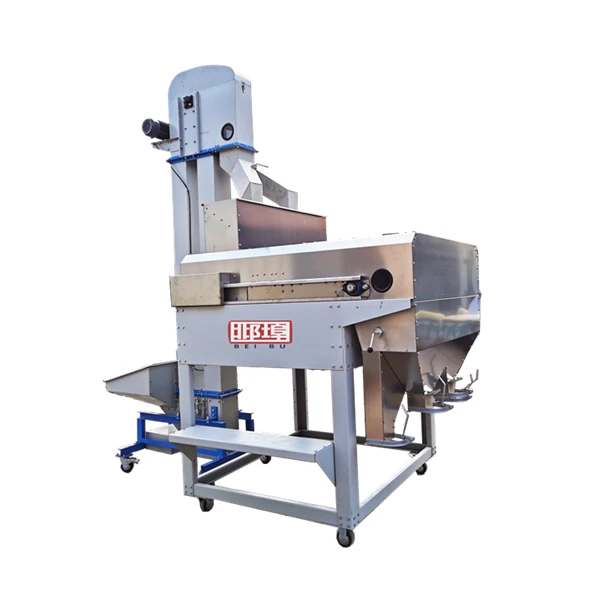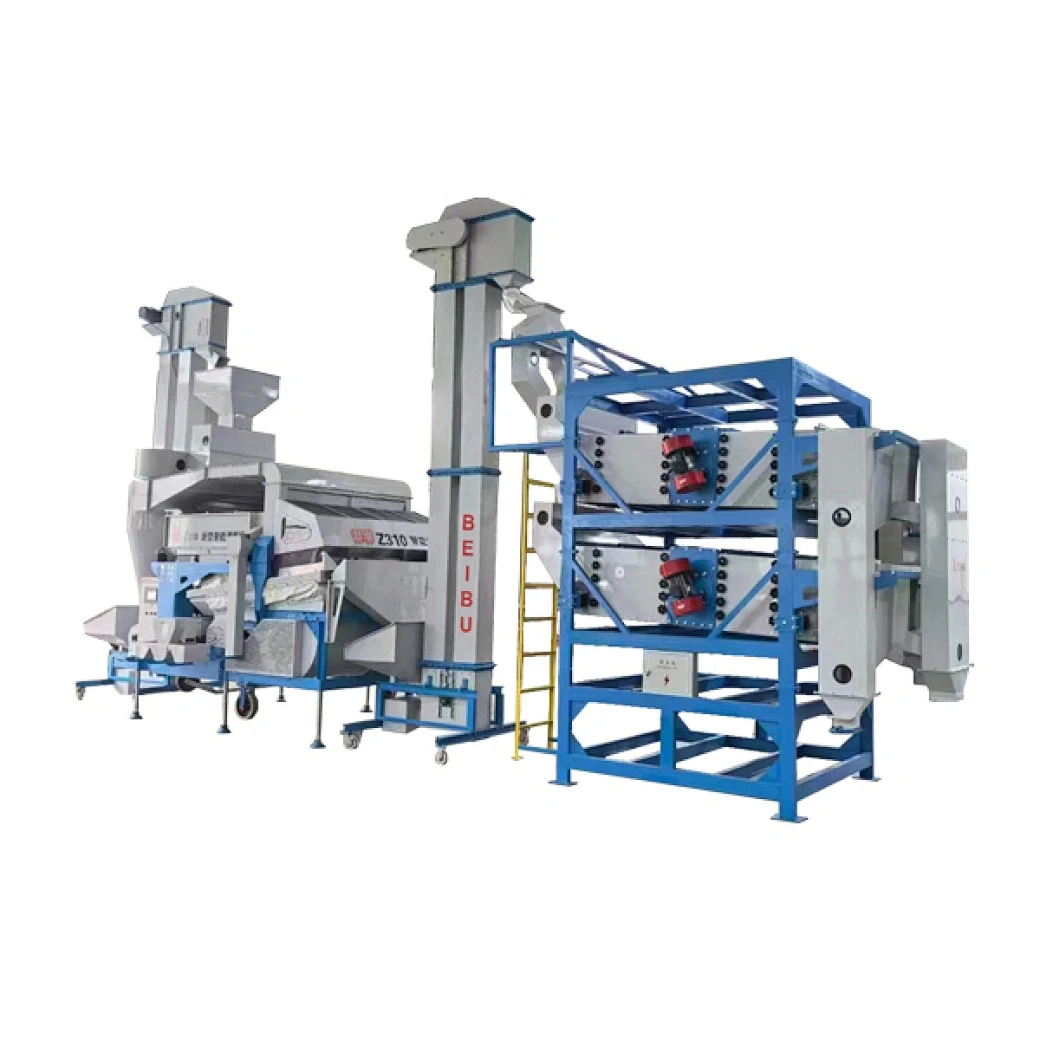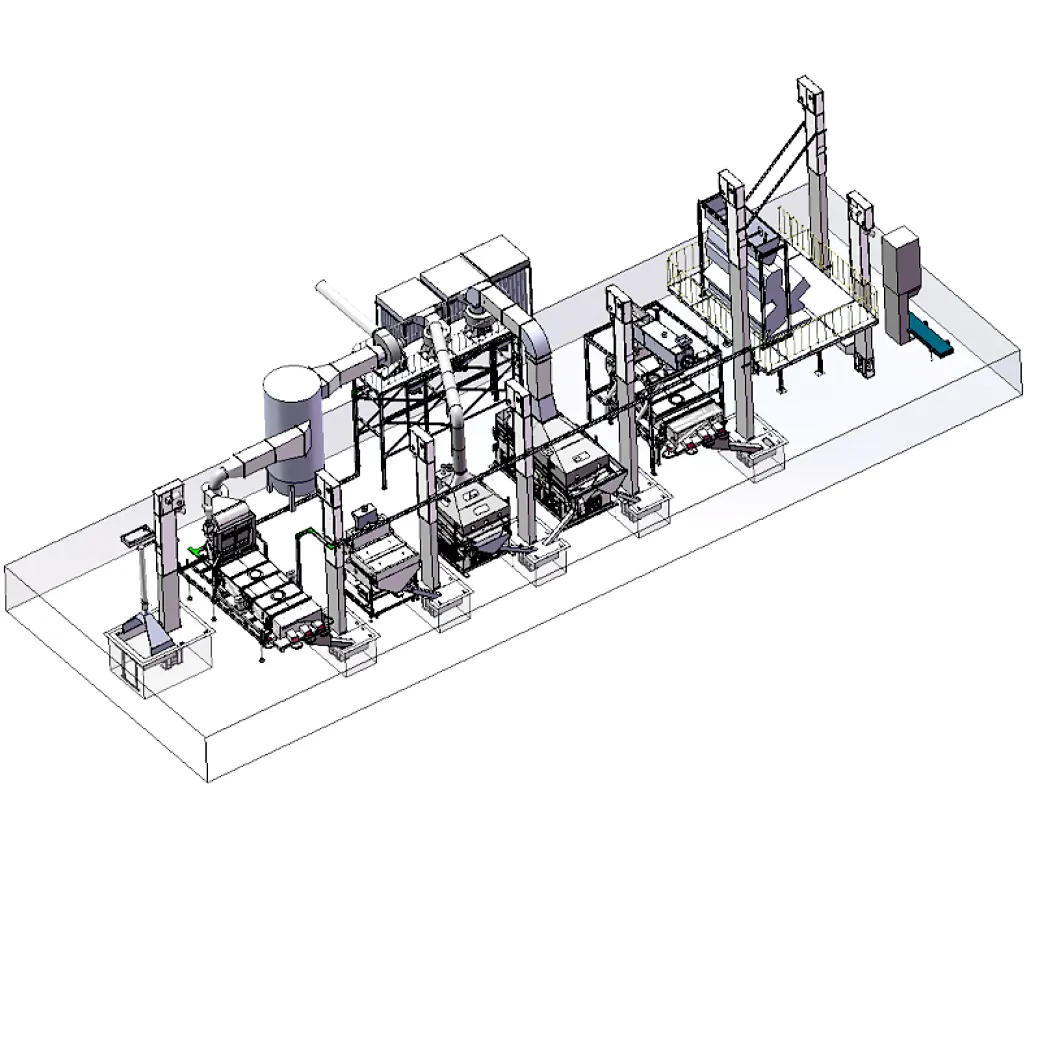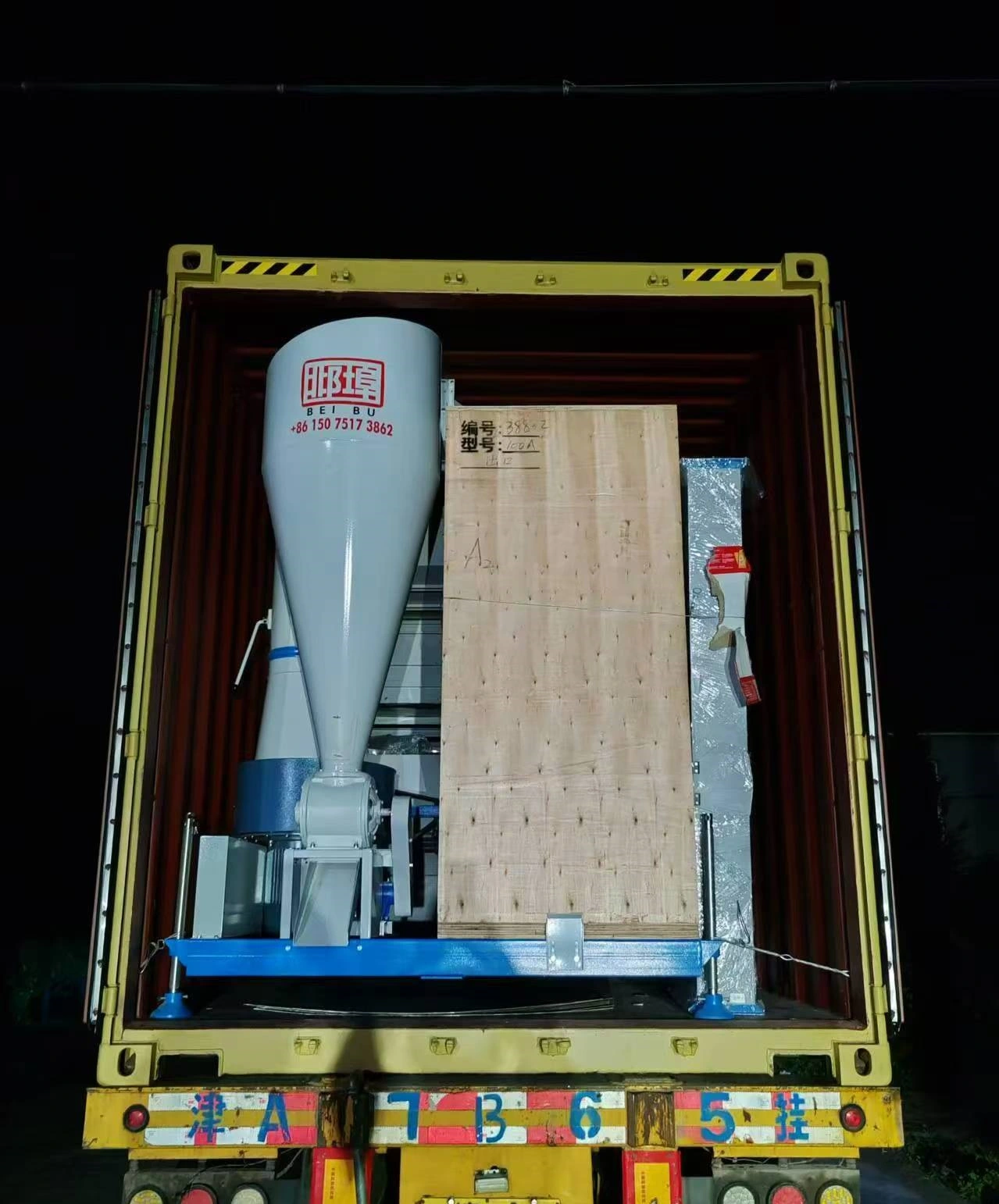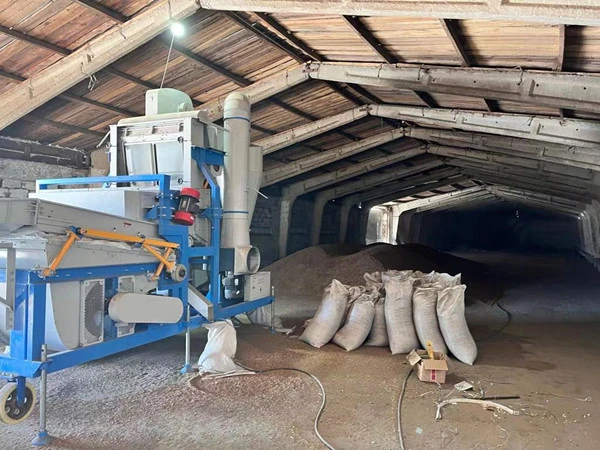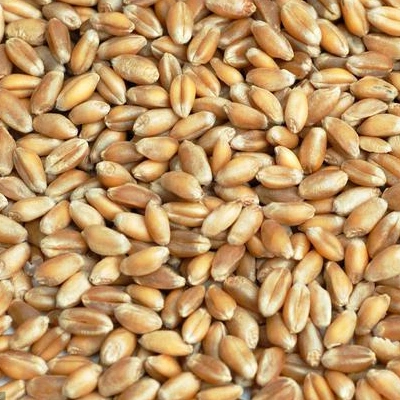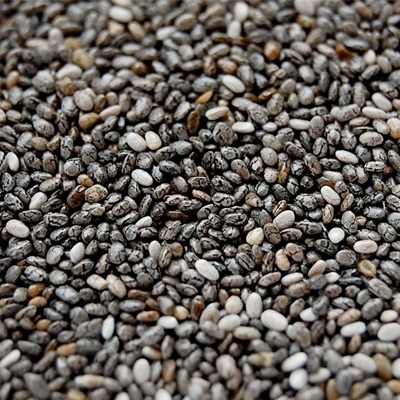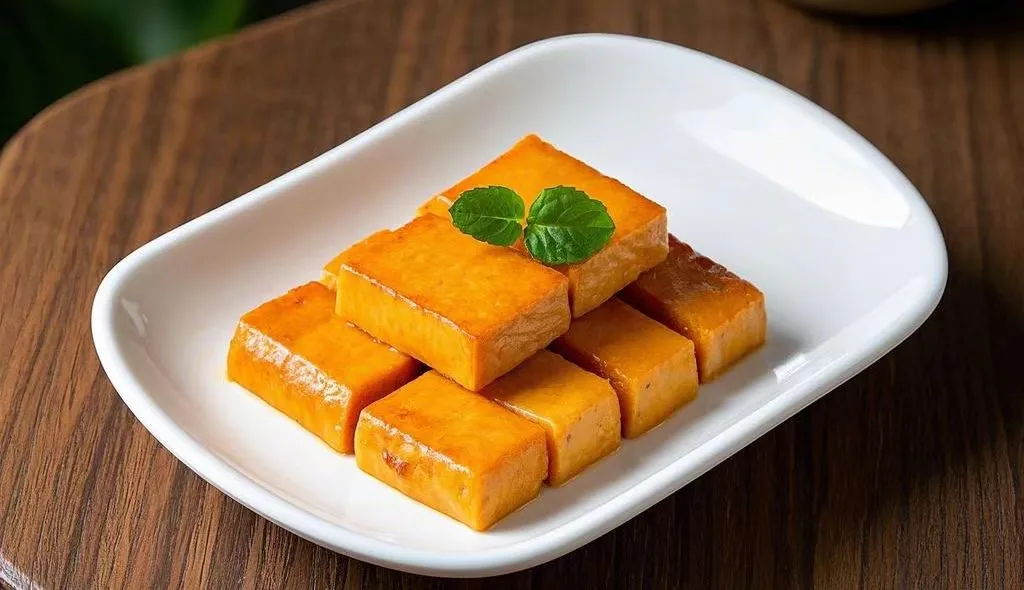There is a village called Lu Village in Zezhou County, Jincheng City, Shanxi Province, China. Many twins were born in this village. In recent years, the millet produced in this village has become famous far and wide. The market has been booming, the price has been rising, and the product is in short supply. A study by a Swedish scientific research institute shows that women who take folic acid are nearly twice as likely to give birth to twins as those who do not take folic acid. The mystery of why Lu Village produces a lot of twins has an answer: their millet is rich in folic acid.
Grain crops like Lu Village millet, like Qinzhou yellow rice and Fenzhou fragrant rice, are one of the many millet brands in Shanxi. And millet is one of many small grain varieties.
Small grains refer to a variety of grains and beans with a short growth period, a small planting area, special planting areas and planting methods, and special uses. They are characterized by being small, few, special, and miscellaneous. "People say that Shanxi has beautiful scenery, fertile land, beautiful water, and fragrant grains." Among the fragrant and colorful grain family, the small grains in Shanxi Province are undoubtedly the most eye-catching, the most proud, and the most praiseworthy.
It can be said that small grains are the dominant grain varieties in Shanxi, with a wide variety, excellent quality and wide planting. It is an important production base of small grains in the country. Shanxi's grains mainly include more than 120 kinds of seven categories, including stems, cereals, beans, potatoes, millet and millet, with a planting area of about 15 million mu, accounting for 10% of the country and 40% of the grain fields in the province. The annual output is 2.5-3 billion jin. The wide area, high output and rich varieties rank first in the country, and it is a veritable "kingdom of small grains". Shanxi's grain production is mainly distributed in the mountainous and hilly areas of northern Shanxi, northwestern Shanxi and southeastern Shanxi. These areas have high mountains and clear water, suitable climate, and the soil and air are almost in their original state and have not been polluted. The small grains produced in such an environment can be said to be green among green. The evaluation that "the world's grains look to China, and China's grains look to Shanxi" is by no means an exaggeration, but a realistic reality. Special terrain, diverse climate, long farming history and rich resources of small grain varieties make Shanxi a golden production area of high-quality grains.
Shanxi has grains from south to north. Especially in the Yanshan-Taihang Mountain area and Luliang Mountain area, grains are planted intensively and extensively. This is also a contiguous poverty-stricken area in Shanxi. According to statistics, 42 of the 58 poor counties in the province are grain-producing counties. Relying on the superior grain resources, the development of grain industry has become an important path to help poor counties get rid of poverty and become rich.
Since 2000, Shanxi has focused on cultivating grains such as millet, buckwheat, oats, millet, beans, etc. as advantageous industries. The following set of data can show the status, scale and influence of small grains in Shanxi. Shanxi ranks first in the country in millet planting area, second in oats, fifth in buckwheat, first in millet, first in sorghum, and third in mung beans, adzuki beans, cowpeas and lentils. In 2024 alone, the province's planting area of small grains will reach 14.85 million mu, with a total output of 2.18 million tons.
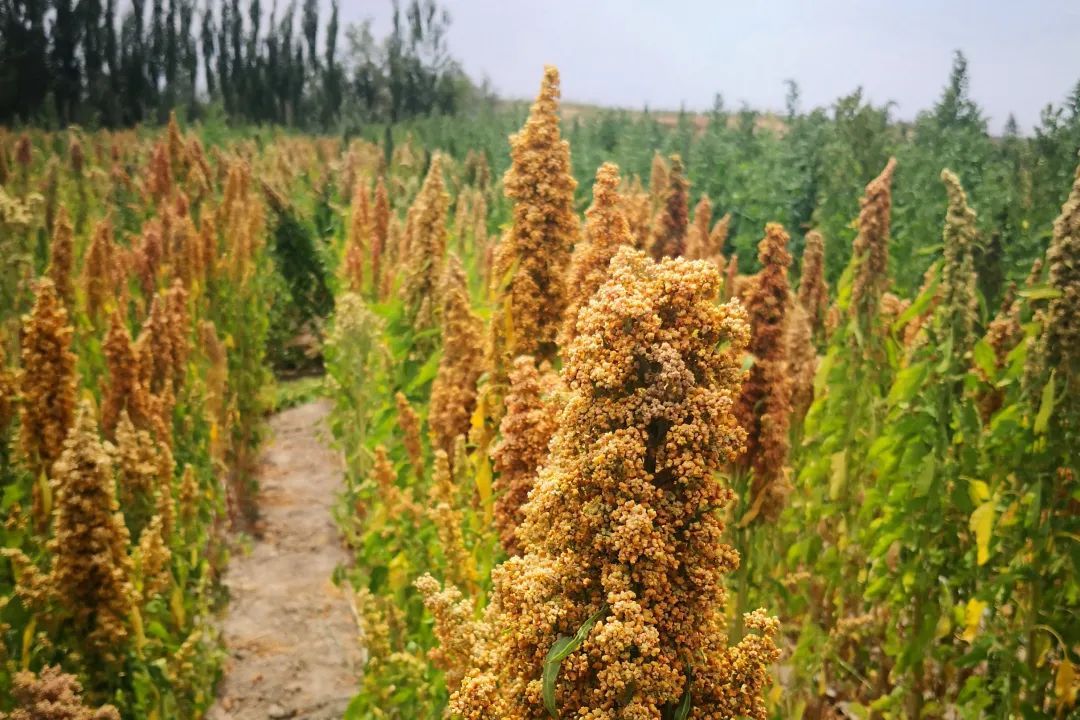
Small grains are rich in nutrients such as protein and vitamins, have the health benefits of natural nutrients, and have the irresistible beauty of mountains and green. More than 2 million tons of grains are produced each year, half of which are eaten by themselves and the other half need to be sold. In the past, farmers in small grain producing areas were isolated from information and had little commodity awareness, so they were always satisfied with self-sufficiency and sold very little, so they often had to beg for food with a golden bowl in hand.
In recent years, Shanxi Province has introduced various policies and measures to focus on the production, processing and sales of small grains, and has tried every means to strengthen the regional advantages, economies of scale, high-tech content, high added value and deep processing of products. A number of leading enterprises have been supported and cultivated, and the packaging and promotion of grain products have been increased.
A number of small grains with unique flavors and special varieties and deep-processed products have appeared in domestic and foreign markets, and have received considerable attention, recognition, popularity and praise. Qinzhou yellow, Fenzhou fragrant, and Dongfangliang millet; Datong and Shuozhou oatmeal and refined bird's nest powder; Pinglu, Zuoyun, Lingqiu, and Shouyang buckwheat processed products have all obtained green food certification, and have won gold medals and famous brand products at international and domestic agricultural expos many times; Qinzhou yellow millet has also obtained "national origin protection".
Based on the rich resources and authentic quality of small grains, Xinzhou City is dubbed the "China Grain Capital", and Shenchi County is known as the "China Flax Oil Seed Hometown"; similar honors also involve many places, such as: Kelan is the "China Kidney Bean Hometown", Wuzhai is the "China Sweet Glutinous Corn Hometown", Jingle is the "Quinoa Hometown", and Pinglu District is the "China Hongshan Buckwheat Hometown". These titles have greatly enhanced the reputation, popularity, influence and competitiveness of Shanxi grains.
Quinoa has been the main traditional food in the Andes Mountains of South America for 5,000 years. It has rich and comprehensive nutritional value. The local indigenous people have a saying: "We never get sick because we eat quinoa." The Food and Agriculture Organization of the United Nations believes that quinoa is the only single plant that can basically meet the basic nutritional needs of the human body. In the 1980s, quinoa was used by NASA as space food for astronauts. Quinoa likes to grow in high-altitude cold areas. The northwestern mountainous area of Jingle County, Shanxi Province is located in a high-altitude cold zone with a huge temperature difference between day and night, which has a unique climate environment for quinoa cultivation. At present, Jingle County has 15,000 acres of quinoa planted, the largest in the country, and is named "China's Quinoa Hometown".
Kelan is a small grain county mainly planting beans. The British red kidney beans introduced and planted in the county have large seeds, bright colors, green and pollution-free, and have high nutritional, health, beauty and medicinal values. They have a good reputation in the domestic and foreign markets and are highly favored. The county has a planting area of 111,500 mu of red kidney beans, with a total output of 15,000 tons. It has the largest planting area, the largest output, the largest export volume, and the best quality in China, and is known as the "Hometown of Chinese Kidney Beans."
Sweet glutinous corn is a famous small grain brand in Wuzhai. This county is located in the hilly and mountainous area in the northwest of Shanxi. It is dry and cold, with a large temperature difference between day and night and sufficient sunlight. The environment for growing sweet glutinous corn is unique. Every golden autumn season, you can see the golden sweet glutinous corn on the 80-li "丁"-shaped plain from south to north in the central part of Wuzhai County. The layers of golden sweet glutinous corn are endless and spectacular. By 2024, the county's sweet glutinous corn planting area will reach 185,000 mu, accounting for 51.4% of the county's autumn corn planting area. Wuzhai's sweet glutinous corn has reached historical highs in terms of planting area, output, processing volume, and sales volume, and is truly the "Hometown of Chinese Sweet Glutinous Corn."
Shanxi has transformed from a province with a large amount of small grains to a province with strong small grains. It must work hard on deep processing. This is the consensus of all levels of Shanxi. The head of the Provincial Bureau of Fine Foods said that Shanxi's small grain processing should aim at high value-added products, combine with traditional products such as wine and vinegar, develop derivatives of special grains, and at the same time focus on promoting the connection between enterprises, bases, farmers and markets, and continuously extend the industrial chain.
Hebei Beibu Machinery Equipment Technology Co., Ltd. is a company engaged in the production and sales of grain processing machinery. This company provides a lot of grain cleaning machines for the majority of grain processing enterprises in Shanxi. These include quinoa cleaning machines. Stone removers, specific gravity machines, grain cleaning production lines, etc. The application of these machines effectively helps local enterprises to process their grains more quickly, conveniently and efficiently, and help them enter the market. The latest statistics show that there are 83 existing small grain processing enterprises in Shanxi, with a designed processing capacity of 1.22 million tons and an annual processing capacity of 210,000 tons, accounting for 10% of the total output. The total output value is 1.56 billion yuan, sales revenue is 1.28 billion yuan, and profit is 0.8 billion yuan. It can be seen that Shanxi Province has just started in grain processing. Both processing capacity and profitability are still in the primary stage and need to be further strengthened and improved.
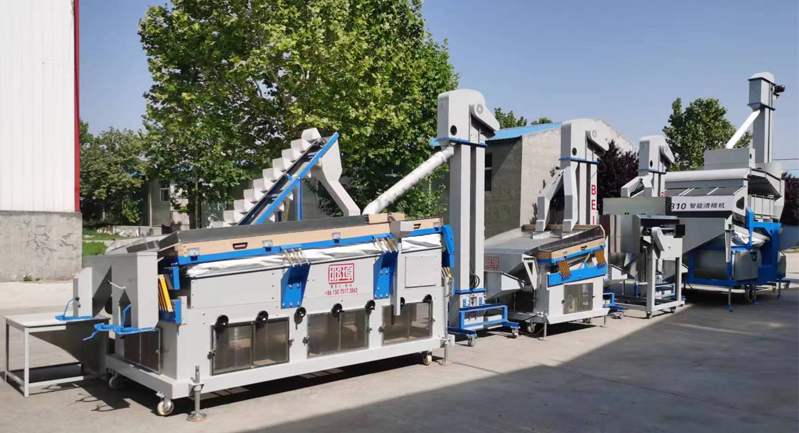
At present, small grains in Shanxi Province are mainly sold domestically. From 2011 to 2015, the province exported nearly 700,000 tons of grains annually, accounting for 20% of the total output. About 100,000 tons of grains were exported. Of the 700,000 tons exported, 85% were exported as raw grains, and there were very few refined processed products. This means that although Shanxi is a province with a large number of small grains, it still has a long way to go to achieve the goal of becoming a strong province of small grains.
Indeed, there are still various problems in the development of Shanxi's small grain industry, such as unstable output, backward variety selection and breeding, extensive management, lack of raw grain storage, low degree of industrialization, inadequate publicity, and the lack of full opening of the large market. However, these problems are not only insufficiency but also potential, not only disadvantage but also advantage, not only threat but also opportunity for the development of Shanxi's small grain industry.
As long as we highlight the local characteristics of coarse grains and strengthen publicity efforts, as long as we scientifically integrate resources and do our best to support large, strong, excellent and special brands, as long as we comprehensively expand the sales channels of coarse grains and actively build "Internet + coarse grains", as long as we focus on solving the "last mile" problem of promoting scientific and technological achievements, we will be able to further open up new situations and new realms for the development of Shanxi's coarse grain industry.
May. 27, 2024
sesame cleaning machine loading container
Apr. 09, 2024
Maize Cleaning Machine-Hebei Beibu Machinery Technology Co.,LTD
Aug. 16, 2024
wheat cleaning machine for seed
Jun. 24, 2024
Jan. 15, 2025
How to choose soybean cleaning machine - Beibu Machinery gives you the perfect answer
Mar. 20, 2024
Sesame and Soybean Beans Cleaning Machine Installed-Hebei Beibu Machinery Technology Co.,LTD
Beibu Machinery
If you are interested in our products, you can choose to leave your information here, and we will be in touch with you shortly.



